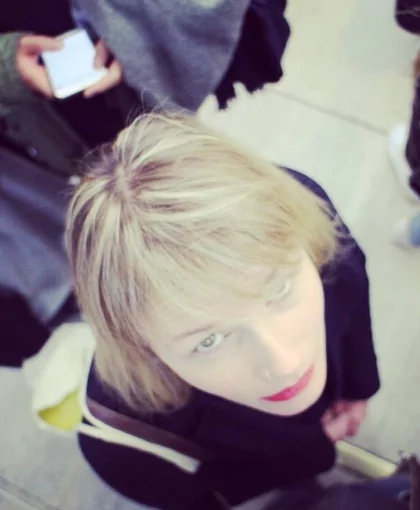Résumé
En 1977, Philippe Thomas (1951-1995) débute un travail qui se situe entre l’art et la littérature et qui conservera la double dimension d’une œuvre procédant tant du voir que du lire. L’intermédialité, le réseau de ramifications intertextuelles et l’accumulation de travaux, qui relèvent du dispositif, construisent un récit à la forme discontinue. Participant d’une écriture des événements et s’appuyant sur une mise en parallèle de la présentation artistique et de l’énonciation, le projet de Thomas est celui d’une fiction du faire qui cherche à éprouver la frontière entre les mondes réel et fictionnel. Notre étude souhaite répondre aux objectifs d’une première monographie d’artiste et s’attache à décrire l’ensemble de l’œuvre de Thomas afin d’en reconstruire le parcours à l’aide d’un certain nombre de notions clés. Elle prend sa source dans la bibliothèque de cet artiste qui définit l’art comme un processus de recherche et une expérimentation du langage. C’est l’œuvre en train de se faire que nous observons, en nous intéressant à sa genèse et à ses conditions de réalisation. Et ce, afin de définir la posture d’auteur qui se dessine dans la spécificité d’une pratique artistique demandant la prise en compte tant de l’œuvre que de ses marges. Si le projet de Thomas met en place la disparition de l’auteur par le biais d’un protocole de signature de ses ready-mades, notre thèse rappelle qu’il s’agit d’une absence toute paradoxale : l’artiste caché par ses personnages demeure omniprésent et par là, participe de la redéfinition de l’auteur malgré la déclaration de sa mort une décennie plus tôt.
Between Readymade and Fiction: The Authorial Posture in Philippe Thomas
In 1977, Philippe Thomas (1951-1995) begins a practice situated between art and literature, and his works will conserve this dual dimension by proceeding both from the act of seeing and from the act of reading. Through intermediality, a network of intertextual offshoots, and an apparatus formed by the accumulation of works, he constructs a discontinuous narrative. Participating in event-based writing and relying on parallels between artistic presentation and enunciation, Thomas’ project is a fiction of making that seeks to test the frontier between real and fictional worlds. This study seeks to fulfill the need of a first monograph on the artist, and it describes the entirety of Thomas’ oeuvre so as to reconstruct his artistic career with the aid of a certain number of key notions. My first source is the library of this artist, who defines art as a research process like an experimentation of language. I observe the oeuvre as it is being constructed, by focusing on its genesis and on the conditions of its production. I do this in order to define an authorial posture shaped by the specificity of an artistic practice which requires consideration of both the works it produces and its margins. If Thomas’ project carries out the death of the author through a protocol of signatures of his readymades, my dissertation emphasizes that this is a paradoxical absence: the artist hidden by his personas remains omnipotent, participating in the redefinition of the author in spite of the declaration of his death a decade earlier
Jury :
- M. Jean-Max Colard (université Lille 3)
- M. Michel Gauthier (musée national d'Art moderne, Centre Pompidou)
- M. Jérôme Glicenstein (université Paris 8)
- Mme Véronique Goudinoux (université Lille 3)
- M. Arnaud Pierre (université Paris-Sorbonne)

